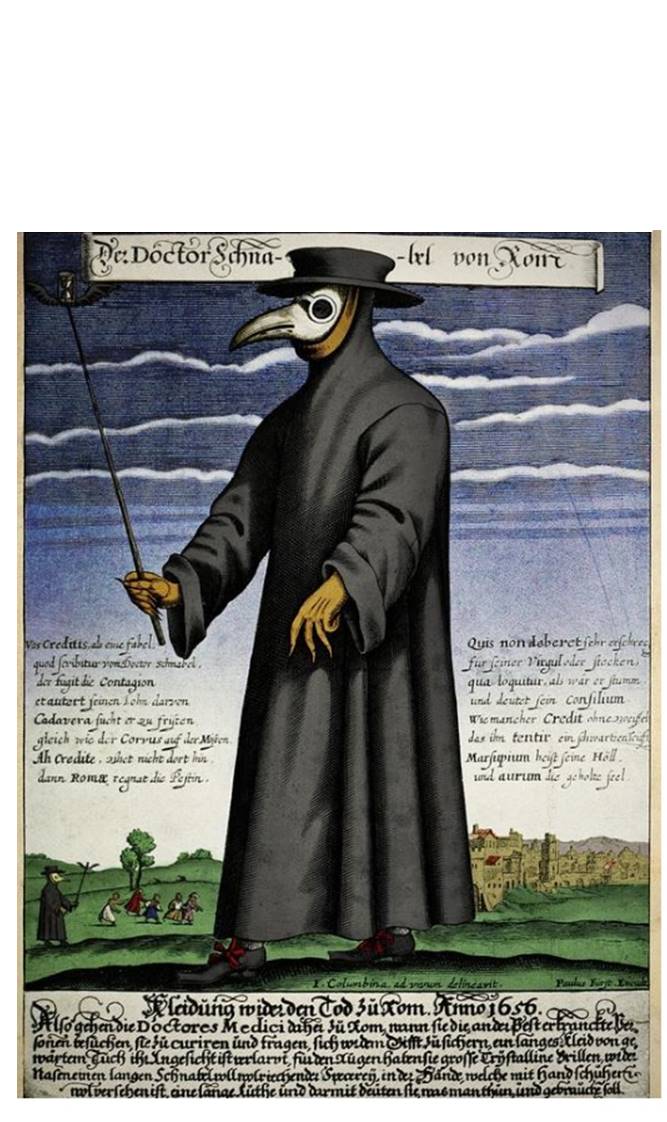The coronavirus and the Spanish flu epidemic – Contrast between public gloom and personal daily life – A hike with friends – Relative safety of being outdoors – Nick Cordero – Evening statistics
At this point nearly 0.15% of the world’s population has been affected by the virus. The Spanish flu epidemic ended up by affecting about a third of the world’s population, so that means that the virus would have to increase by a factor of about 220 to be comparable in range. But that is no reason for complacency. The number of people affected by the virus has been steadily increasing at nearly 200,000 per day for several days running, there is no sign that the much-vaunted “herd immunity” has even begun to take shape; and at this writing there is no reliable vaccine available. Already we have seen a tenfold increase in the space of four months. We may easily see another such increase by November.
However, as I have so often had occasion to note, life on the personal level presents quite a contrast to what is reported in the news. There is nothing new in that, of course. Here is one account from someone living in Paris during the French Revolution:
“Foreigners reading our newspapers imagine us all covered with blood, in rags, and living wretched lives. Judge of their surprise when they reach our magnificent avenue in the Champs Élysées on either side of which are elegant phaetons and charming, lovely women; and then . . . that magical perspective opening over the Tuileries and . . . those splendid gardens, now more luxuriant and better tended than ever.”
It was a similar story for me today. I had an especially pleasurable excursion with several friends in easy enjoyment. AD organized a hike with several Wanderbirds members to explore the southern part of the American Chestnut Land Trust. These included CB, whose wife I had seen earlier during my visit to Brookside Gardens, and who has undergone a round of chemotherapy and radiation treatments that not only have had a successful outcome but have left no visible effects – it would have been impossible to guess, from the vigor of his appearance or demeanor, that he had endured anything of the sort. Indeed, he has been walking 12-14 miles a day for the past several weeks. JK, a long-standing friend with whom I frequently hiked together (we were among the faster ones of the group), was also present and I was very glad to see him, after an interval of several months. There were seven of us in all, and we were fortunate in our weather – only a brief shower at the beginning but no rain afterwards, and less torrid than it has been for the past few days. In the shade (and most of the hike was through dense foliage) it was quite comfortable. We had a few breezes as well. It was very pleasant in particular to see AD savor the breezes in her characteristic fashion, in the style of a connoisseur enjoying a fine wine. The flowers of middle summer were in bloom: black-eyed susan and butterfly weed in particular. Delicious wineberries were available on the bushes throughout the hike. The ACLT contains a few abandoned buildings, and in one of these we saw a vulture making its home there. After the hike was complete we snacked together as the Wanderbirds used to do while waiting for everyone to finish and return to the bus. Several of us brought fruit, drinks, and so on. I provided some cookies that I had baked the night before; it is not often now that I get an opportunity to bake treats for others. All in all, the occasion answered to the description Jane Austen gives of Mrs. John Knightley’s visit to Hartfield in Emma: “a delightful visit – perfect, in being much too short.”
It appears that outside gatherings are much safer than indoor ones, particularly in small groups and, as was the case with us, with its members continually moving. The recent protest marches, for instance, have not led to the spike in virus cases that was originally expected. The causes of our current increases seem to be mainly the lifting of restrictions for indoor gatherings – bars and restaurants in particular.
Matters have been relatively quiescent on the national front, but there was some sad news today. Nick Cordero, the Broadway actor who battled the coronavirus for months on end, has succumbed at last. He underwent the amputation of a leg, several days on a ventilator, a tracheostomy procedure, daily lung cleansings, and numerous other medical operations, all to no avail. He was only 41, in good health before he had contracted the virus, with no underlying conditions; his ordeal is an object lesson that the victims of the virus are by no means confined to the infirm and the elderly.
Today’s statistics as of 8:00 PM — # of cases worldwide: 11,547,720; # of deaths worldwide: 536,419; # of cases U.S.: 2,981,009 # of deaths U.S.: 132,552. Today the U.S. had less than 50,000 cases, the first time in days. India’s case count has surpassed Russia’s. Italy, which was once the poster child for the nations most heavily affected by the virus, is now tenth on the list of top case counts and will soon be displaced by Iran. Four European nations – Russia, Spain, the U.K., and Italy – are currently among the top ten case counts, and the last three will not remain there long – too many contenders from Southern America and the Mideast are poised to displace them.
